If you have an antenna that covers frequencies from 144 to 430 MHz, you might wonder what happens if you operate outside this range. Is there any risk? Let's delve into this topic and find out.
Operating Outside the Tuned Range
When you operate on frequencies outside your antenna's tuned range, several things can happen. The most immediate effect you'll notice is a higher Standing Wave Ratio (SWR). The further you go from the tuned frequencies, the worse the SWR gets.
What is SWR and Why Does It Matter?
SWR, or Standing Wave Ratio, is a measure of how efficiently your antenna system is radiating power. Ideally, you want your SWR to be as close to 1:1 as possible. A high SWR indicates that a significant amount of power is being reflected back into your transmitter rather than being radiated out by the antenna. This not only reduces your operating efficiency but also poses a risk to your equipment.
Risks of High SWR
-
Reduced Power and Efficiency: Operating with a high SWR means your transmitter is working harder but less effectively. Much of the power intended to be transmitted gets reflected back.
-
Damage to Finals: The "finals" are the final stage amplifier transistors in your radio transmitter. High SWR can stress these components, leading to potential damage or destruction. This is a critical concern during transmission. On the other hand, receiving signals won't harm your equipment, though the effectiveness of the antenna will be reduced outside its tuned range.
Receiving Outside the Tuned Range
While receiving signals outside the tuned range won't damage your equipment, the effectiveness of your antenna will be compromised. Strong signals might sound weak, and weak signals could become impossible to pick up. This is because the antenna's effectiveness is tied to its tuned frequencies and their associated harmonics.
Using an Antenna Tuner
If you plan to transmit outside your antenna's resonant frequencies, it's crucial to use an antenna tuner. A tuner can help adjust the impedance match between your antenna and your transmitter, ensuring the SWR remains at an acceptable level and preventing damage to your equipment.
Practical Tips for Antenna Use
-
Analyze Before You Transmit: Before transmitting, use an SWR analyzer to check that the SWR is not excessively high on your desired frequency. This helps prevent potential damage to your radio.
-
Understand Your Antenna's Coverage: It's essential to know that your antenna might cover certain ranges better than others. For example, it might be designed to work optimally on 144-148 MHz and 420-430 MHz, almost like having two antennas in one.
-
Ideal Antenna Length: In an ideal setup, your antenna length should mirror the wavelength of the frequency you intend to use. This ensures the best possible performance.
Conclusion
Understanding how your antenna works and the importance of staying within its tuned range can significantly impact your communication efficiency and equipment longevity. Whether you're using traditional radios or modern hybrids like the Talkpod N58plus, always ensure your setup is optimized for the frequencies you intend to use.

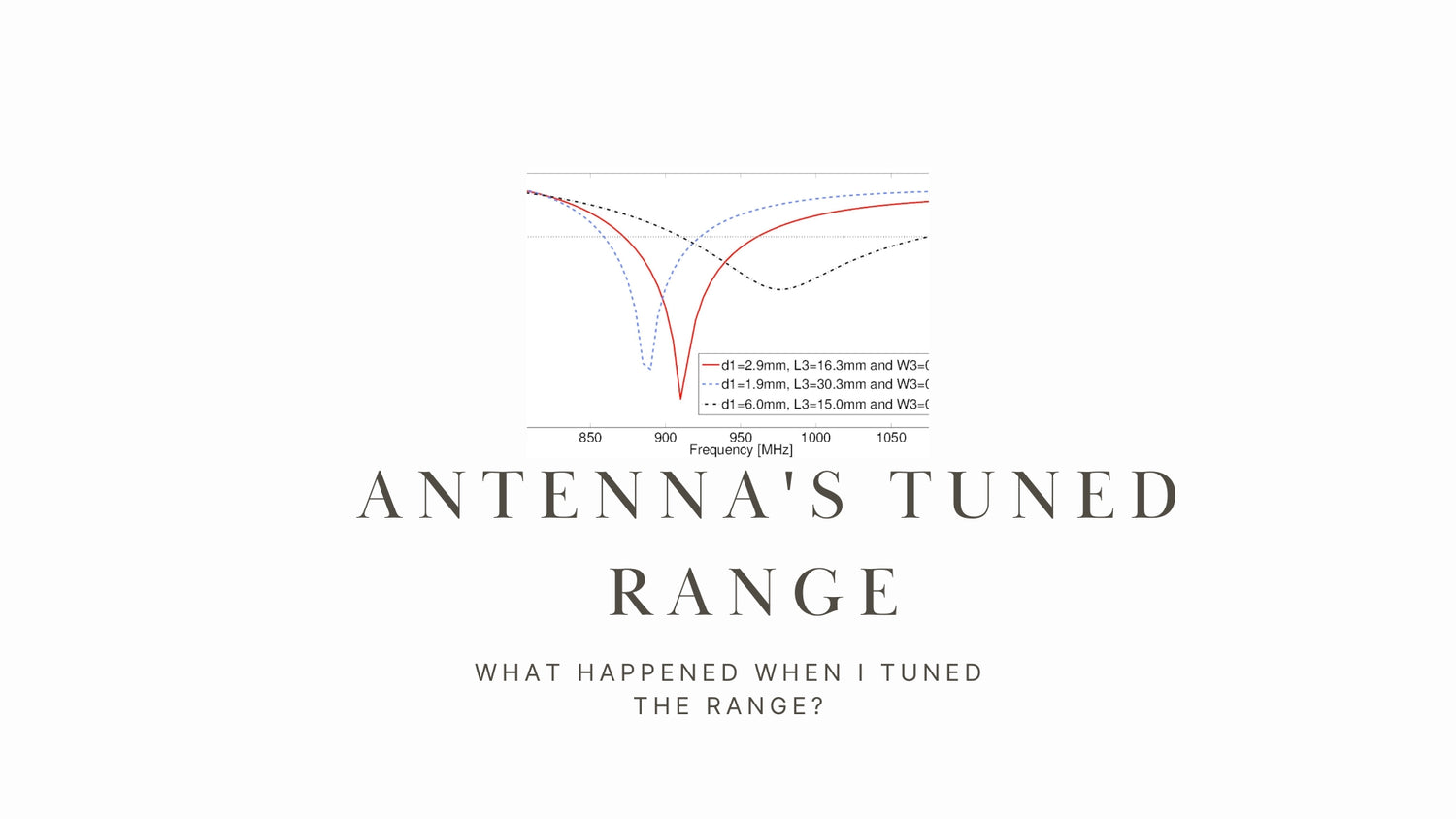
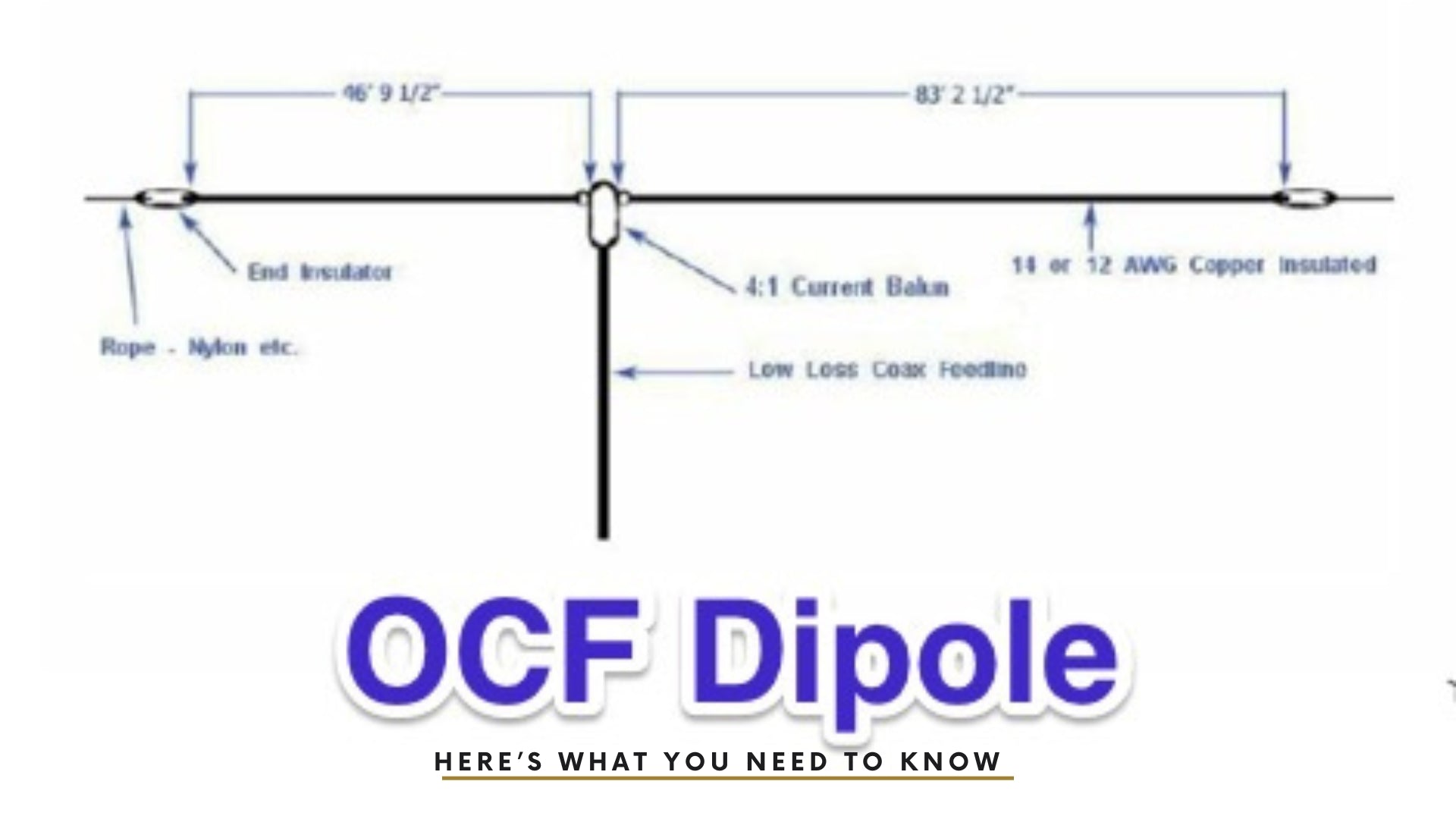
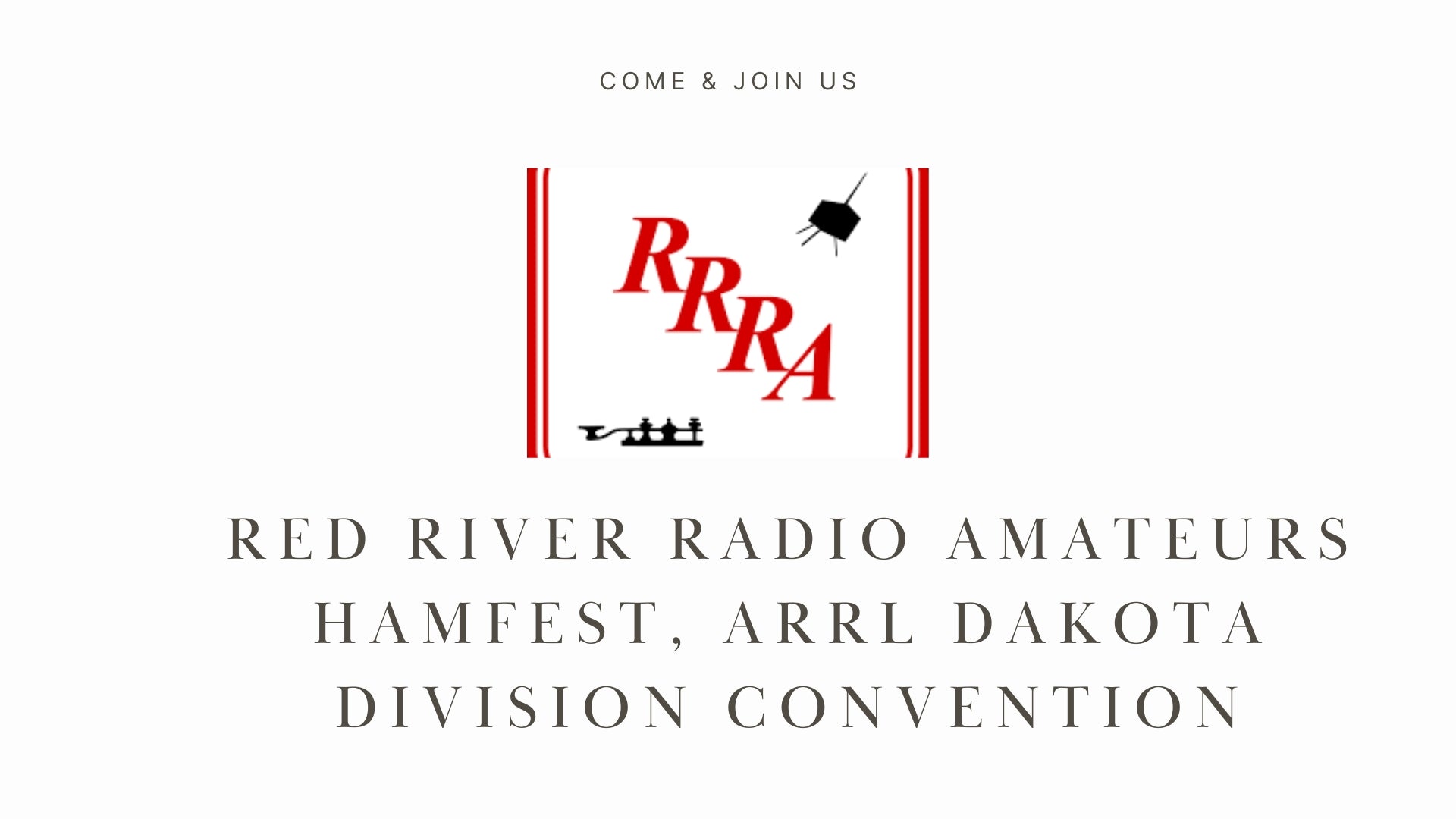
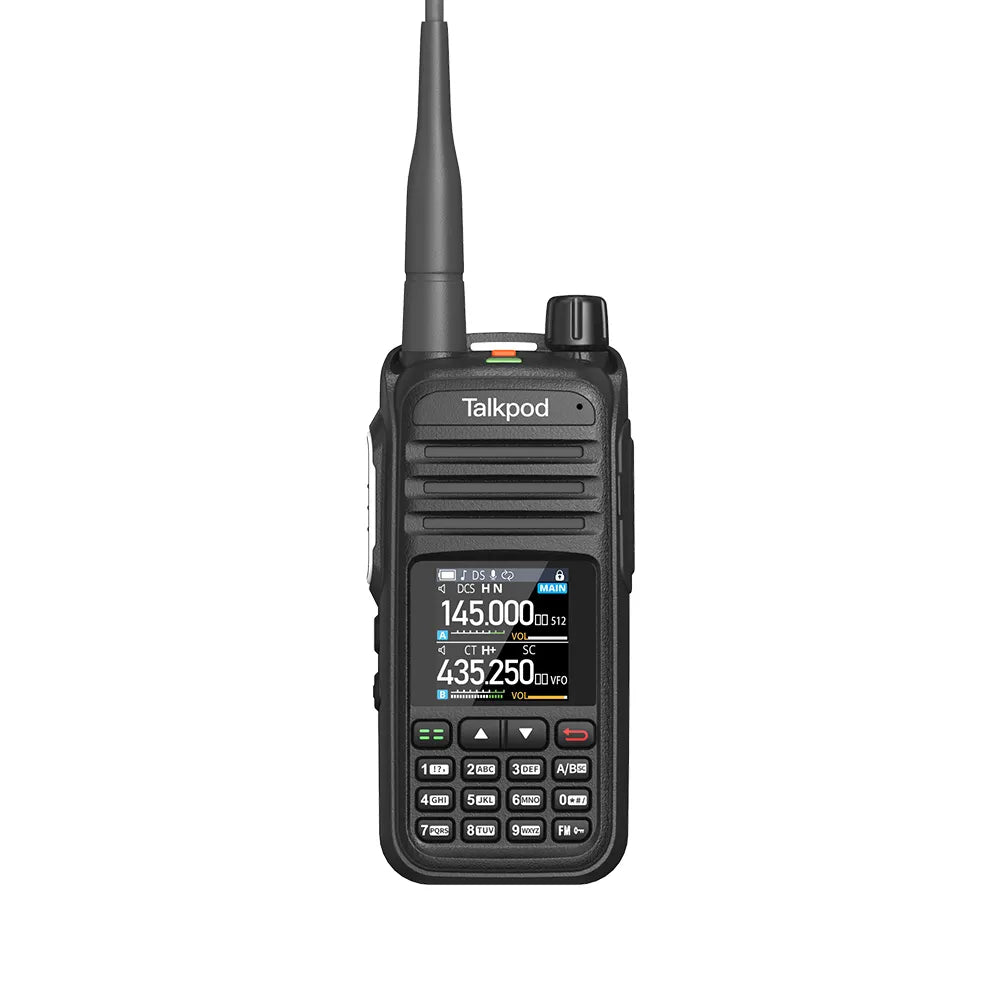
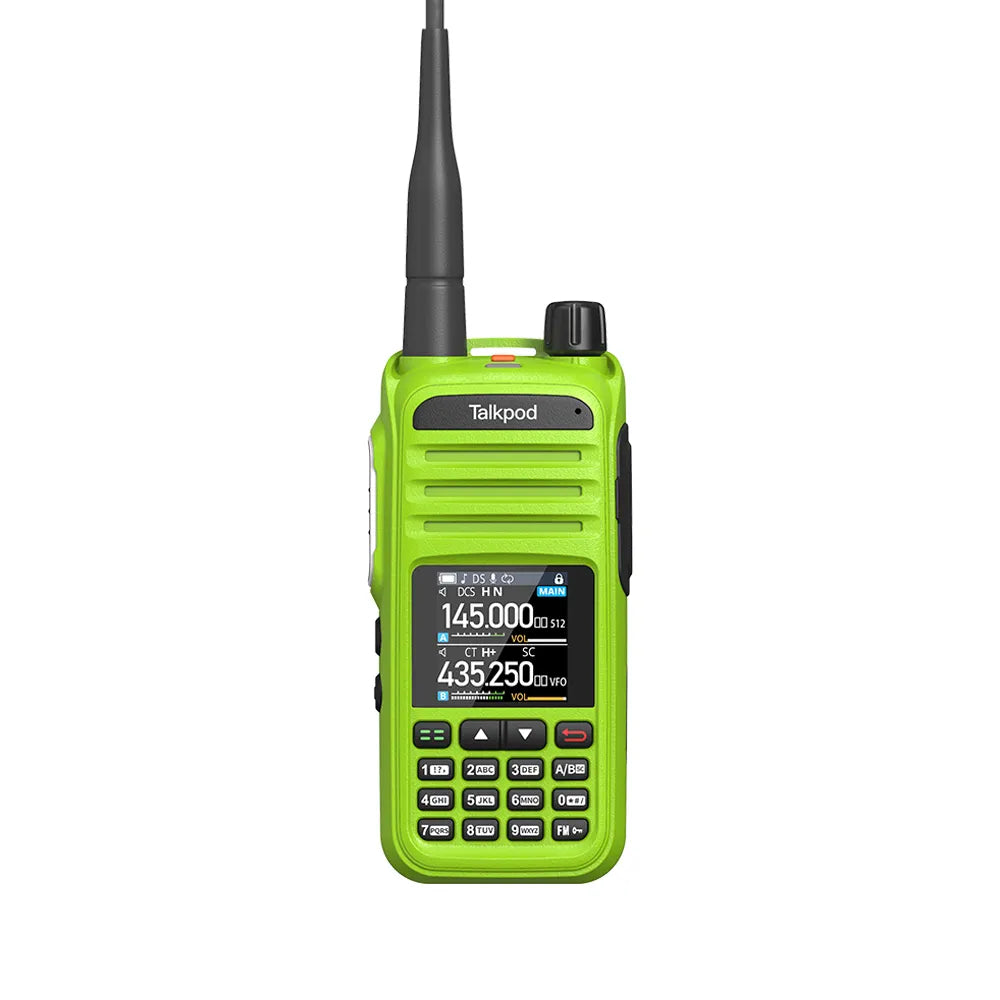
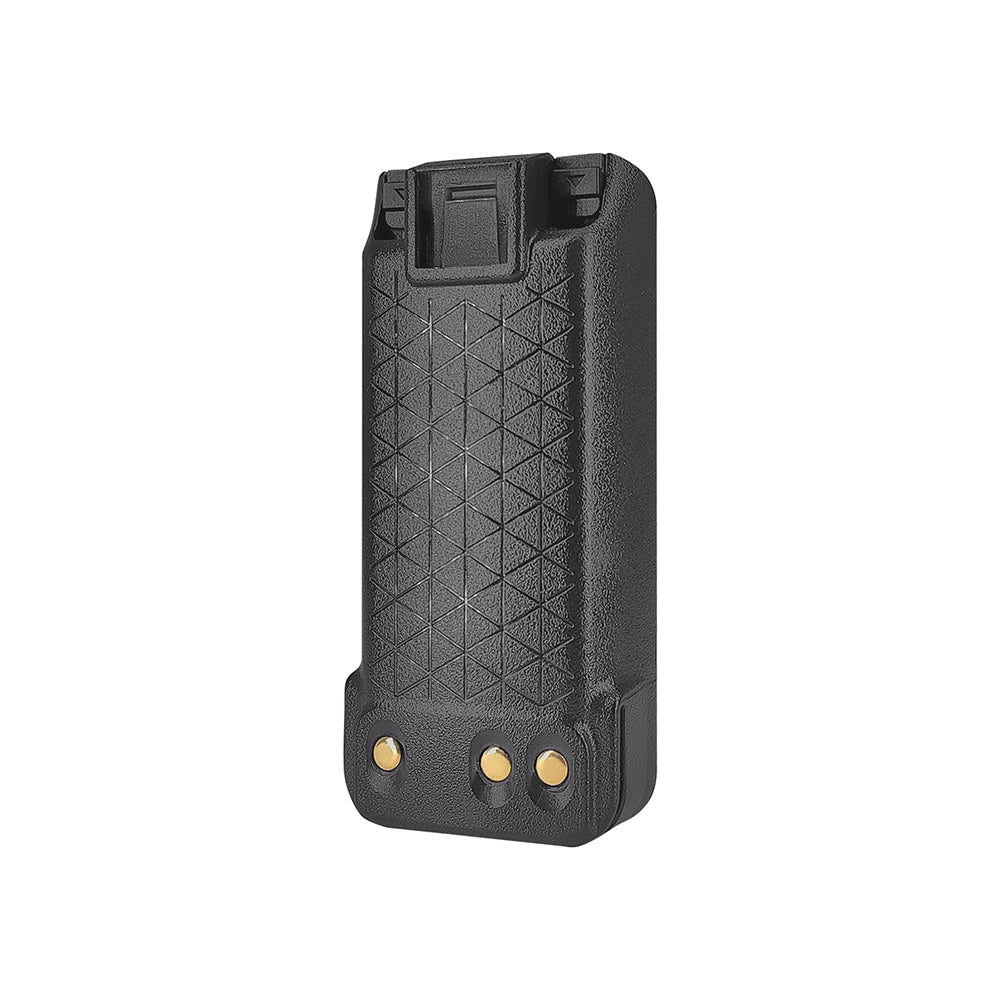
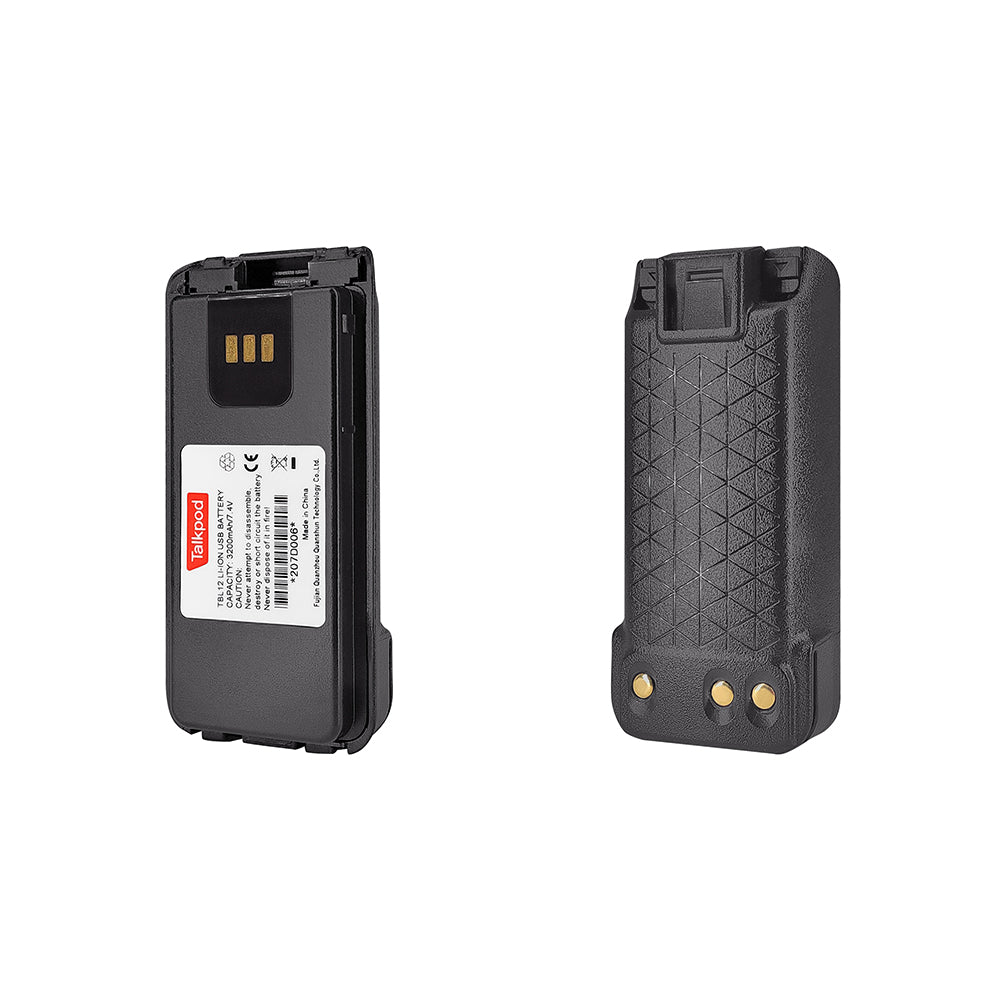
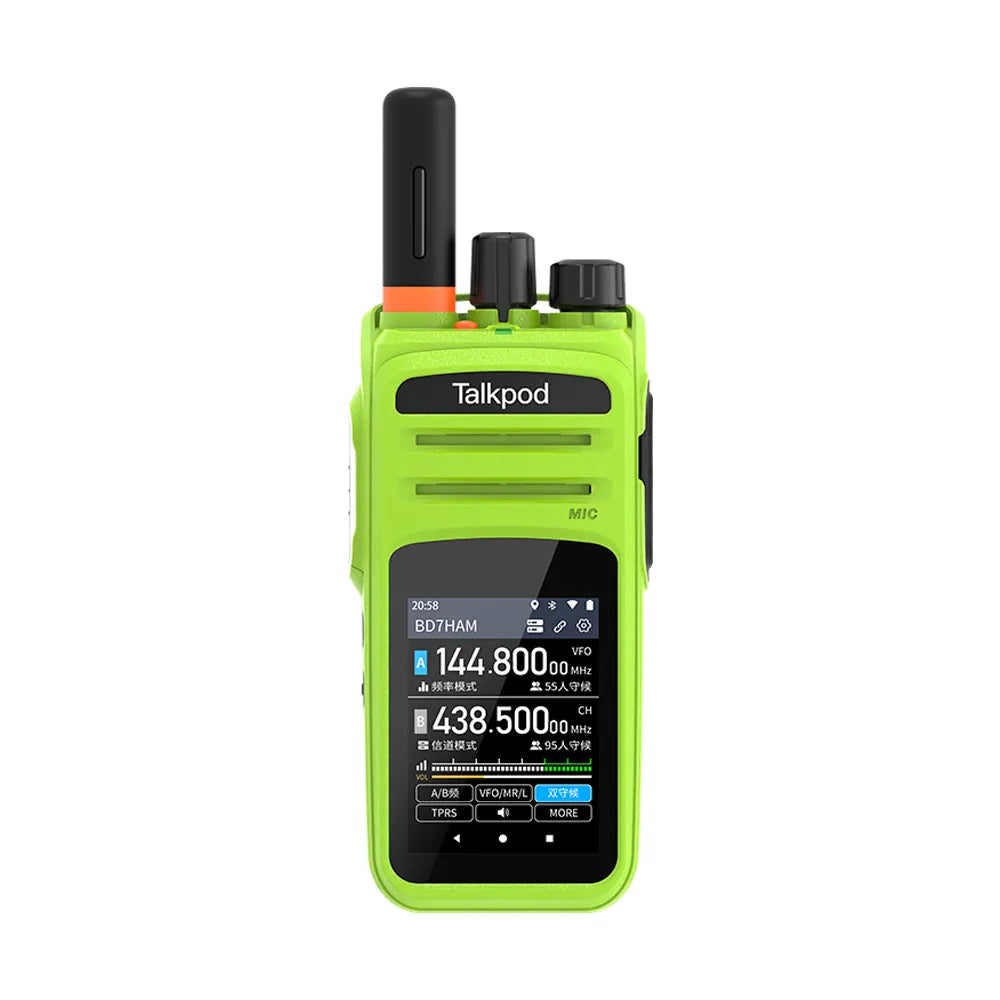
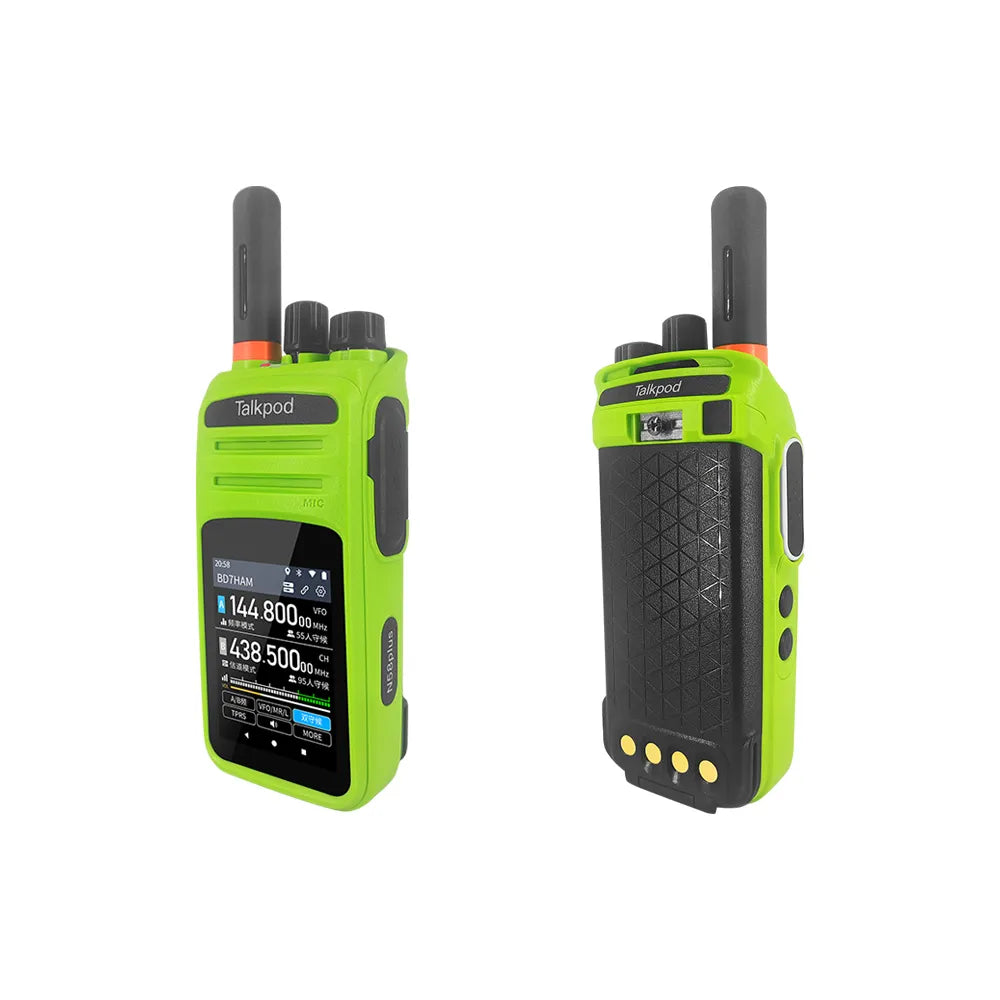
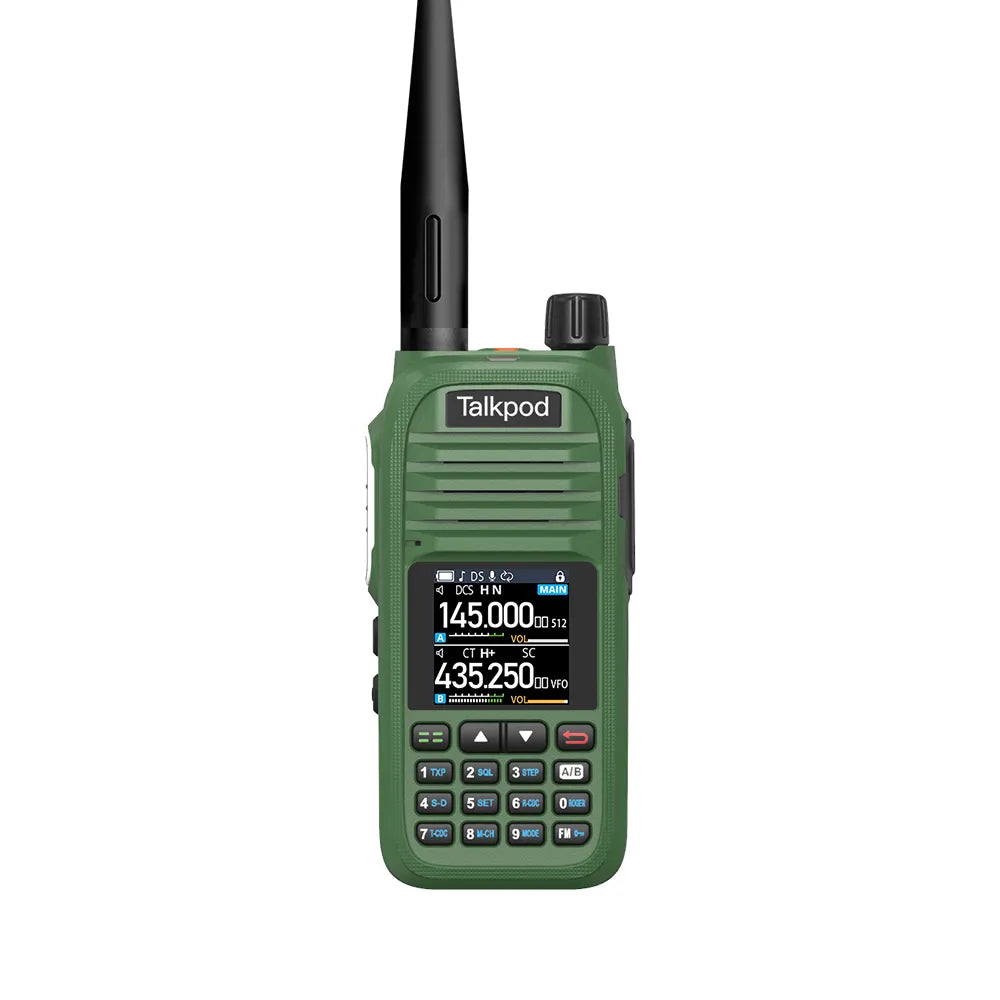
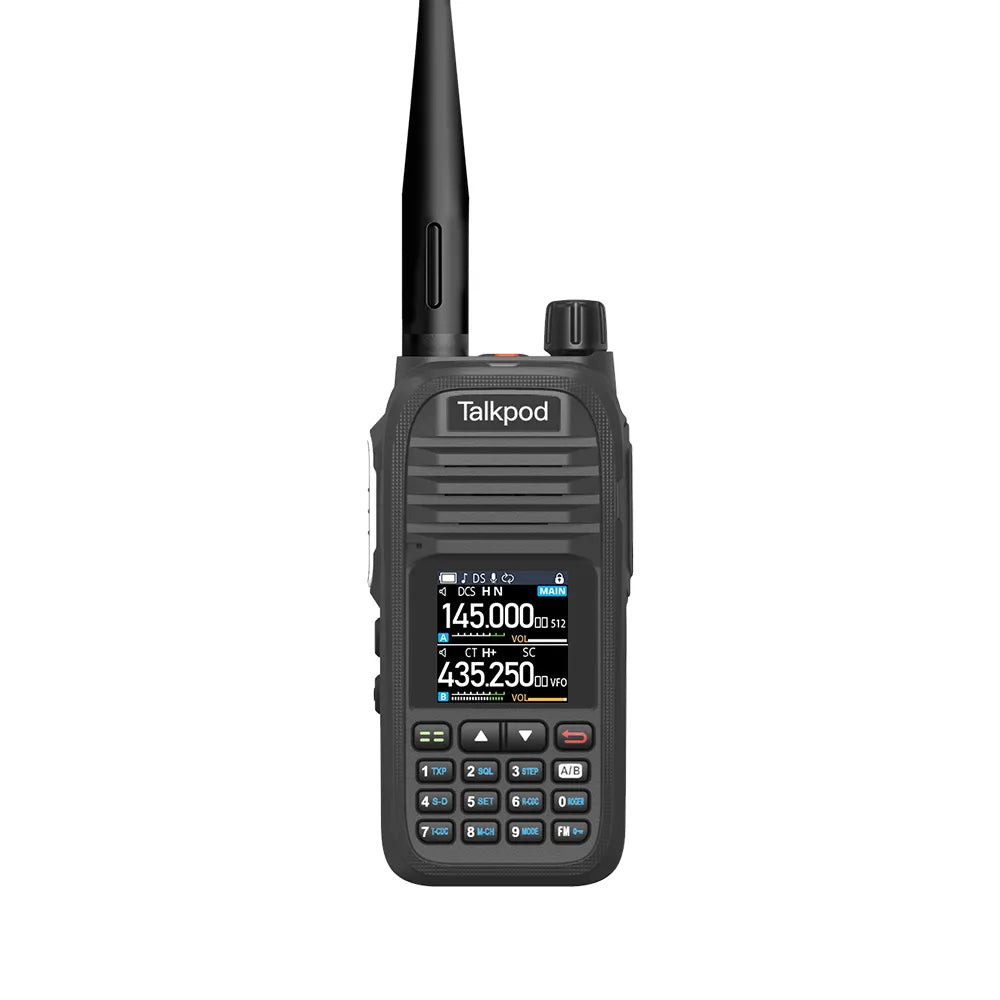
Leave a comment
All comments are moderated before being published.
This site is protected by hCaptcha and the hCaptcha Privacy Policy and Terms of Service apply.